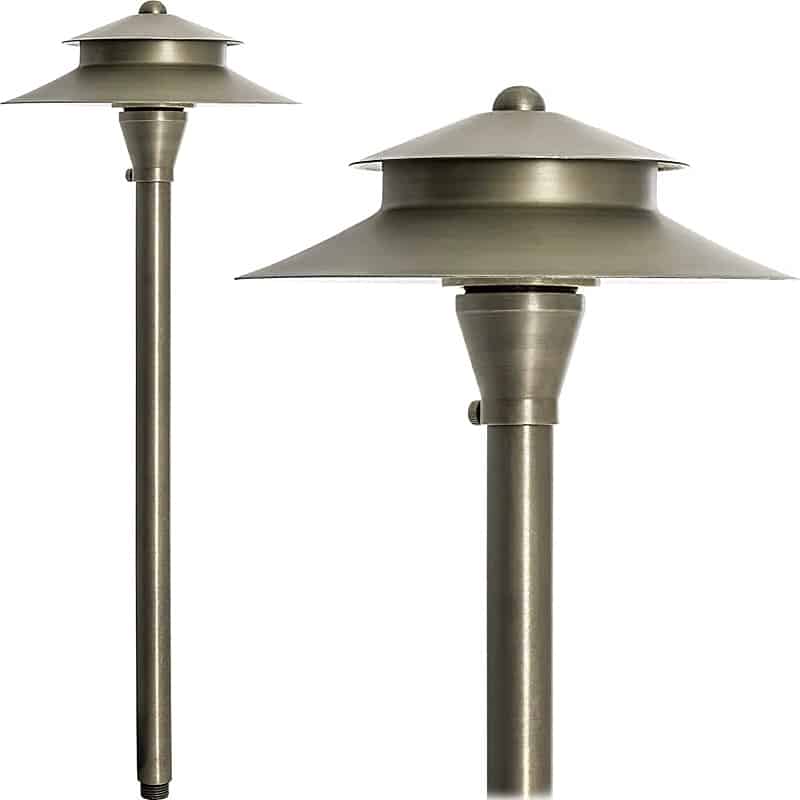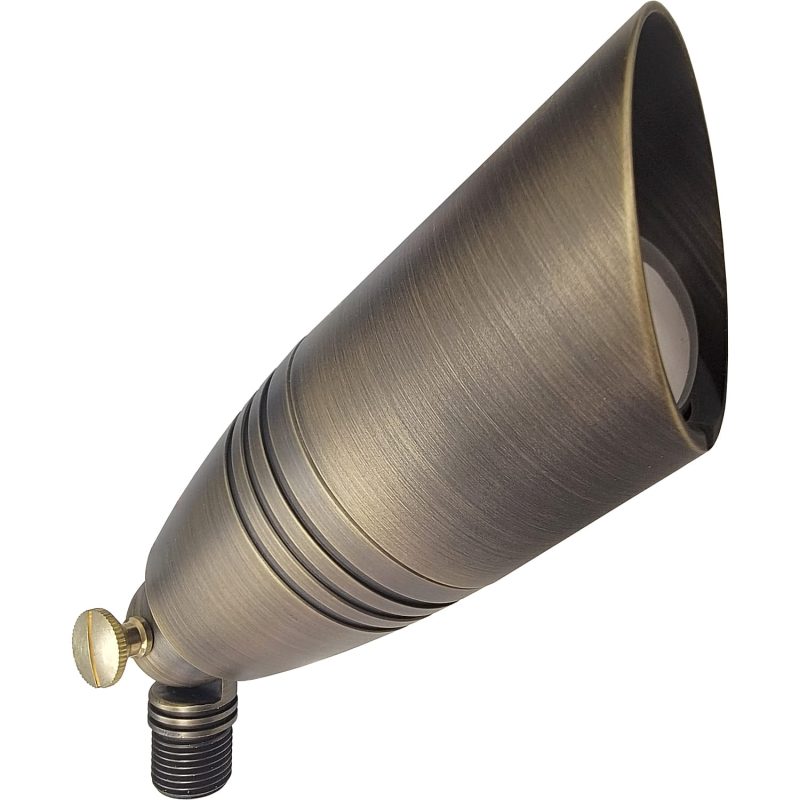When it comes to enhancing the beauty of your outdoor spaces, landscape lighting plays a pivotal role. However, traditional lighting methods often come with high energy consumption and environmental drawbacks. Enter LED landscape lights, a revolutionary solution that not only elevates your landscape but also benefits the environment. Here’s why switching to LED landscape lighting is a smart and sustainable choice.
Table of Contents:
- Energy Efficiency: A Green Powerhouse
- Longevity Reduces Waste
- Minimizing Light Solutions
- Free of Toxic Substances
- Ideal for Solar Integration
- Lower Heat Emissions
- Cost-Effective and Eco-Friendly
- Conclusion
Energy Efficiency: A Green Powerhouse
One of the most significant environmental benefits of LED lights is their energy efficiency. LEDs use up to 80% less energy than traditional incandescent or halogen bulbs. This is because LEDs convert most of the electricity they consume into light rather than heat. By reducing energy consumption, LED lights help decrease the demand for electricity, leading to fewer greenhouse gas emissions from power plants.
For homeowners, this translates to lower electricity bills and a reduced carbon footprint. According to the U.S. Department of Energy, widespread adoption of LED technology could save 348 terawatt-hours of electricity annually by 2030, equivalent to the annual output of 44 large electric power plants.
Longevity Reduces Waste
Another critical advantage of LED lights is their impressive lifespan. While traditional bulbs may last anywhere from 1,000 to 2,000 hours, LEDs can shine brightly for up to 50,000 hours or more. This durability means fewer replacements, leading to less waste ending up in landfills.
By switching to LED landscape lights, you reduce manufacturing demand and the associated environmental costs of producing and transporting replacement bulbs. This long-lasting nature of LEDs supports a circular economy and minimizes the ecological impact of lighting.
Minimizing Light Pollution
Light pollution – the excessive or misdirected artificial light that obscures the natural night sky – is a growing concern in urban and suburban areas. Traditional outdoor lighting often contributes to this problem by scattering light in all directions. In contrast, LED landscape lights like our Santa Maria Brass Path light are designed to be highly directional, allowing for precise illumination of specific areas like walkways, gardens, and patios.
This focus reduces light spillage, helping to preserve natural ecosystems. Animals that rely on darkness for migration or nocturnal activities benefit greatly from the reduction in stray light. Additionally, LEDs’ ability to produce warmer tones minimizes their impact on nocturnal wildlife compared to harsh, bright white lights.
Free of Toxic Substances
Unlike compact fluorescent lamps (CFLs), which contain small amounts of mercury, LEDs are free of toxic substances. Mercury is hazardous to both human health and the environment, especially when improperly disposed of. By choosing LED landscape lights, you eliminate the risk of releasing harmful chemicals into the environment during disposal.
Moreover, the materials used in LED construction are often recyclable, further reducing their environmental footprint. Recycling initiatives are expanding, making it easier to dispose of old LED lights responsibly.
Ideal for Solar Integration
LED lights pair seamlessly with solar-powered systems, creating a perfect combination for environmentally conscious homeowners. Because LEDs require significantly less energy, they can run efficiently on solar power, even in areas with limited sunlight. Solar-powered LED landscape lights reduce reliance on the grid, offering a clean and renewable energy source for your outdoor lighting needs.
This integration also reduces the need for extensive wiring, which can disturb soil and vegetation. By opting for solar-powered LED lights, you’re protecting the integrity of your landscape while embracing renewable energy.
Lower Heat Emissions
Traditional bulbs emit a considerable amount of heat, which not only wastes energy but can also harm nearby plants. LEDs like our Slim Tank Cast Brass 120V Spotlight, on the other hand, remain cool to the touch, making them ideal for close proximity to greenery. Lower heat emissions also mean reduced cooling costs for homeowners, especially during warmer months when excessive heat from traditional lights can add to overall energy consumption.
Cost-Effective and Eco-Friendly
While the initial investment in LED lights may be higher than traditional options, the long-term savings are undeniable. Reduced energy bills, fewer replacements, and minimal maintenance costs make LEDs a cost-effective choice over time. Additionally, the environmental benefits of lower energy use, less waste, and reduced emissions align perfectly with global sustainability goals.
By choosing LED landscape lights, you’re not only making an eco-conscious decision but also investing in the future health of the planet. Every small step toward sustainability counts, and LED lighting is an impactful way to contribute.
Conclusion
Switching to LED landscape lights offers an array of environmental benefits, from energy efficiency and reduced waste to minimized light pollution and safer materials. These lights represent the future of sustainable outdoor lighting, combining functionality with ecological responsibility.
If you’re ready to make the switch, C2CLights.com offers a wide range of LED landscape lighting options to suit your style and needs. By choosing LEDs, you’re not only creating a stunning outdoor space but also contributing to a healthier, greener planet. Illuminate your landscape the sustainable way and see the difference LED lights can make.



